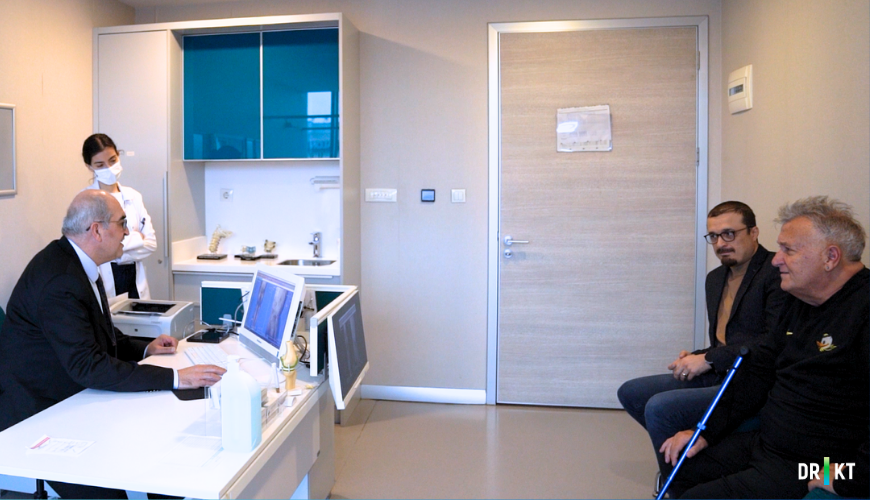
Oruç tutmak kas kaybına neden olur mu? | By My Life Fitness Darıca | I think the most asked question is does fasting cause muscle loss? To find a direct answer to

Oruç Tutmak Kas Kaybına Neden Olur mu ? Fitcevap - Fitness Program ve Zayıflama Hareketleri - YouTube

Oruç ve Kas İskelet Sistemi Sağlığına Etkileri | Kayhan Turan | Robotik Ortopedi Cerrahi Derneği Başkanı

Oruç tutmak kas kaybına neden olur mu? | By My Life Fitness Darıca | I think the most asked question is does fasting cause muscle loss? To find a direct answer to

Oruç ve Kas İskelet Sistemi Sağlığına Etkileri | Kayhan Turan | Robotik Ortopedi Cerrahi Derneği Başkanı

Oruç tutmak kas kaybına neden olur mu? | By My Life Fitness Darıca | I think the most asked question is does fasting cause muscle loss? To find a direct answer to

Oruç tutmak kas kaybına neden olur mu? | By My Life Fitness Darıca | I think the most asked question is does fasting cause muscle loss? To find a direct answer to

Oruç ve Kas İskelet Sistemi Sağlığına Etkileri | Kayhan Turan | Robotik Ortopedi Cerrahi Derneği Başkanı













